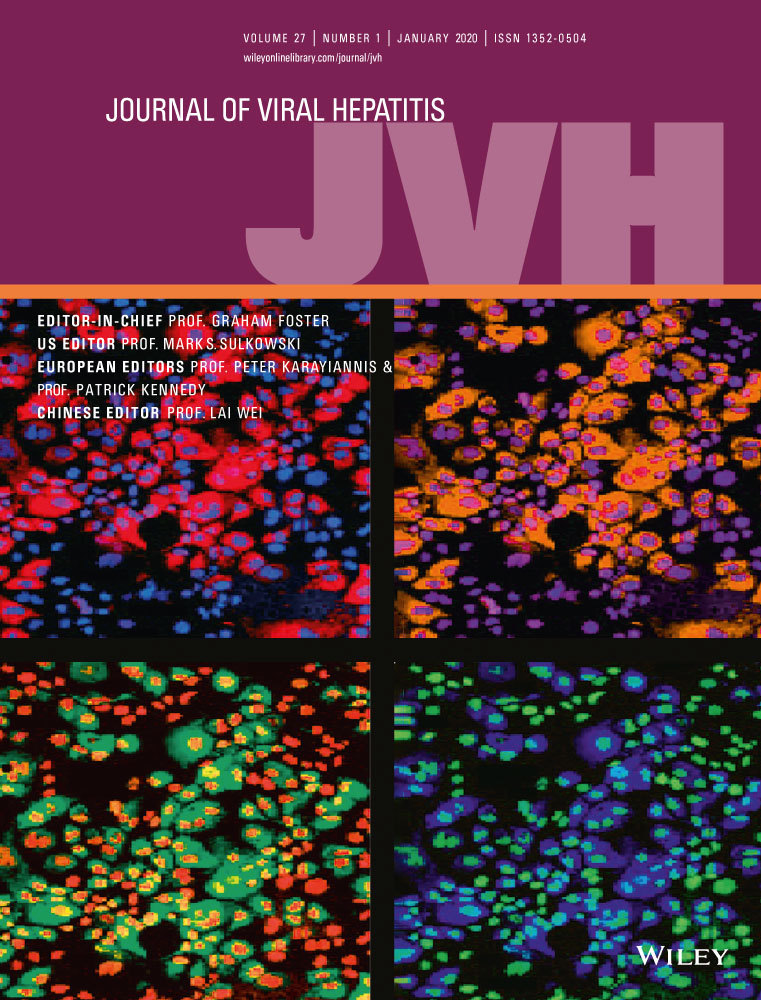Longitudinal evolution of vertically HIV/HCV–co-infected vs HCV–mono-infected children
Funding information
This study was supported by the Instituto de Salud Carlos III, FEDER—Spanish Ministry of Science an Innovation [The Spanish National Cohort of HIV-infected Children (CoRISpe)], included in the Spanish National AIDS Research Network (RIS) [Grant no RD16/0025] and a Fellowship from Gilead 2014 [GLD 14/00264]. The study is part of the FARO project: characterization of young adults transitioned to adult care units (RIS-EPICLIN-06/2013). TS has been funded by the European Society of Pediatric Infectious Diseases (ESPID Research Fellowship) and is now funded by the Instituto de Salud Carlos III—Spanish Ministry of Health and Innovation [contratos Juan Rodés, Grant JR16/00021] cofunded by Fondos FEDER of the EU.
Abstract
HIV co-infection has been suggested to play a deleterious role on the pathogenesis of liver fibrosis among vertically HCV-infected children. The aim of this study was to describe the longitudinal evolution of vertically acquired HIV/HCV co-infection in youths, in comparison with HCV infection alone. This was a retrospective, multicentre study including vertically HIV/HCV–co-infected patients and age- and sex-matched vertically HCV–mono-infected patients. Progression to advanced liver fibrosis, defined as F3 or more by elastography or METAVIR biopsy staging, and response to treatment were compared by means of univariate and multivariate regression analyses and Cox regression models. Sixty-seven co-infected patients were compared with 67 matched HCV–mono-infected patients. No progression to advanced liver disease was observed during the first decade. At a median age of 20.0 [19.0, 22.0] years, 26.7% co-infected vs 20% mono-infected had progressed to advanced fibrosis (P = .617). Peg-IFN/RBV for HCV treatment was given to 37.9% vs 86.6% (P-value < .001). At treatment initiation, co-infected patients were older (16.9 ± 4.1 vs 11.7 ± 4.5 years, P < .001), and 47.1% vs 7.1% showed advanced fibrosis (P < .003), with no differences in hard-to-treat genotype distribution. Sustained viral response was comparable between groups (43.5% vs 44.0%, P = .122). In vertically HIV/HCV–co-infected patients, the progression to liver fibrosis was rare during childhood. At the end of adolescence, over 25% of patients displayed advanced liver disease. Response to Peg-IFN/RBV was poor and comparable in both groups, supporting the need for fast access to early treatment with direct-acting antivirals against HCV for vertically co-infected patients.
CONFLICT OF INTERESTS
T. Sainz, C. Fernández, McPhee, S. Domínguez-Rodríguez, L. Hierro, MJ Mellado, C. Fortuny, D. Falcón, P. Soler-Palacín, P. Rojo, JT Ramos, C Gavilán, C. Guerrero, MC Díaz, P. Jara and ML. Navarro: No conflicts.




